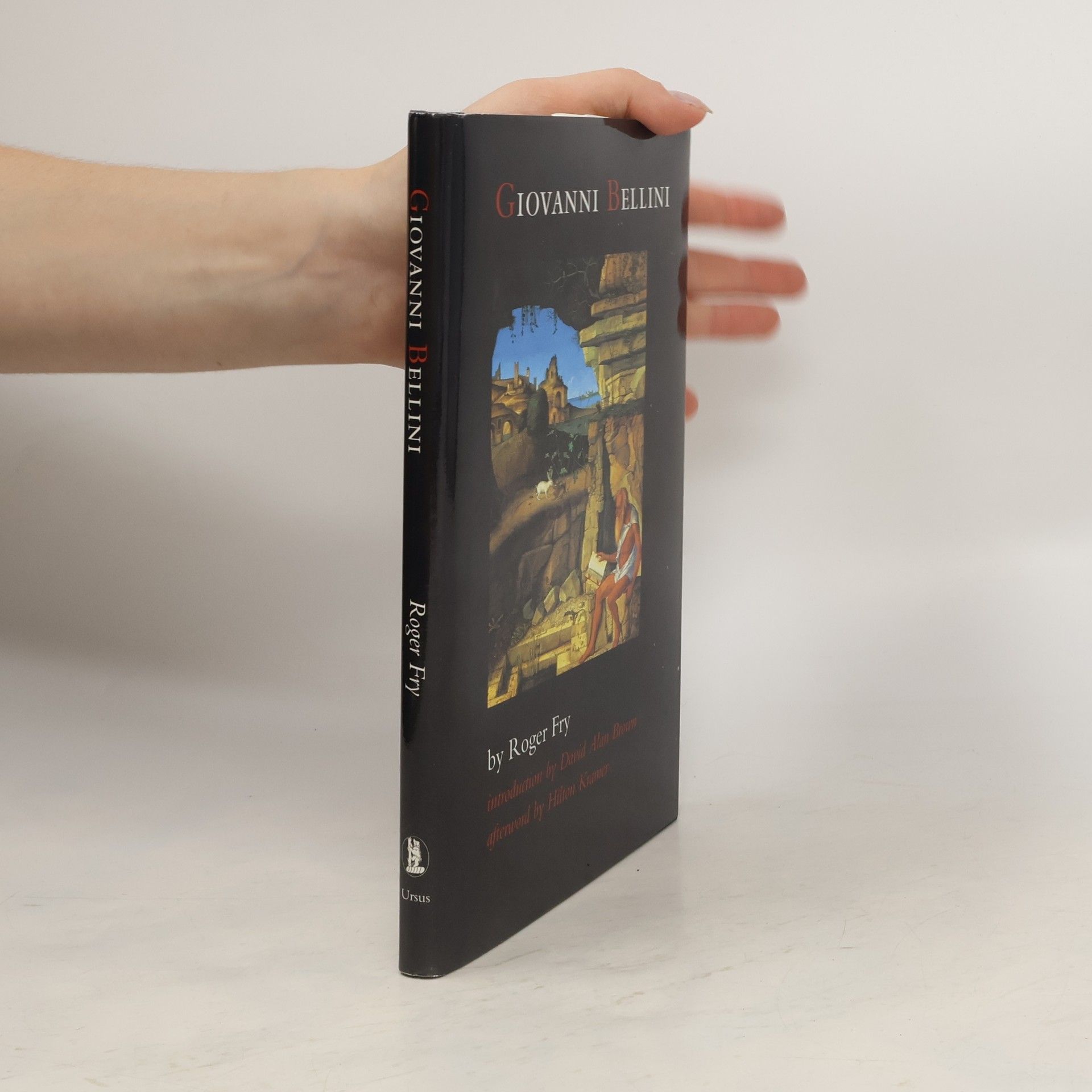Bernardino Luini
- 240 páginas
- 9 horas de lectura






Giovanni Bellini is being published for the first time since 1901. Highly popular at the time of its original publication (three editions were published between 1899 and 1901), Roger Fry's monograph was instrumental in rescuing Bellini from the oblivion of a Victorian-era reputation by reinterpreting and revaluing his art for an early twentieth-century audience. Giving a succinct but definitive view of Bellini's career, Fry not only brought to bear the new "scientific" connoisseurship in his analysis of individual pictures and their chronology, but he also brought a keen interest into Bellini's innovative use of semi-transparent oil glazes, the psychological depth of his subjects, and Bellini's profound sensitivity to nature. As a painter himself, Fry had the critical advantage of studying Bellini with a sympathy deepened by his own close awareness of aesthetic problems
This work has been selected by scholars as being culturally important, and is part of the knowledge base of civilization as we know it. This work is in the "public domain in the United States of America, and possibly other nations. Within the United States, you may freely copy and distribute this work, as no entity (individual or corporate) has a copyright on the body of the work. Scholars believe, and we concur, that this work is important enough to be preserved, reproduced, and made generally available to the public. We appreciate your support of the preservation process, and thank you for being an important part of keeping this knowledge alive and relevant.
This work has been selected by scholars as being culturally important, and is part of the knowledge base of civilization as we know it. This work is in the "public domain in the United States of America, and possibly other nations. Within the United States, you may freely copy and distribute this work, as no entity (individual or corporate) has a copyright on the body of the work. Scholars believe, and we concur, that this work is important enough to be preserved, reproduced, and made generally available to the public. We appreciate your support of the preservation process, and thank you for being an important part of keeping this knowledge alive and relevant.